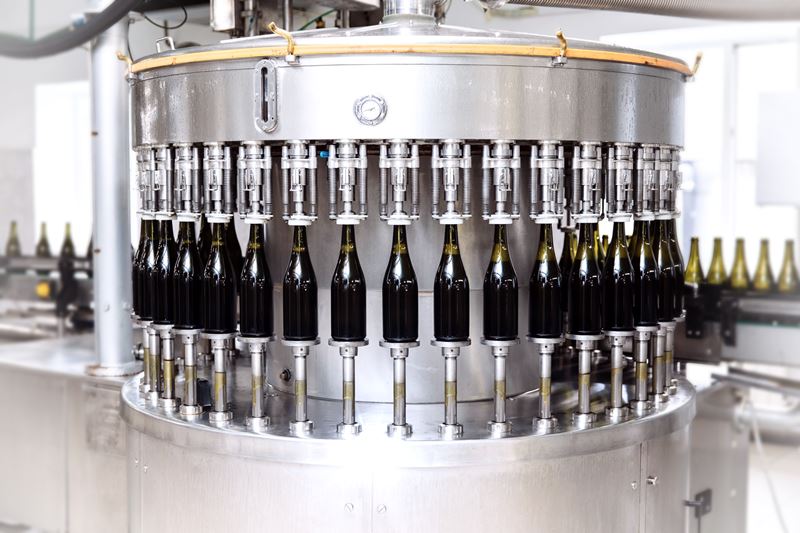As we stand on the cusp of a new era, the wine industry, steeped in tradition and art, is poised for a transformative leap into the future. This article explores the technological revolution that is reshaping wineries, and promises to redefine how wine is produced, stored and aged.
Developments in viticulture and winemaking
The wineries of the future start in the vineyards. Biotechnology is at the forefront of this field, developing grape varieties that are not only more resilient to disease and extreme climate changes, but also capable of enhancing specific flavours and aromas. This innovation is particularly important in the context of climate change. Far from being a simple modification, genetic engineering offers a radical transformation that allows adaptation to harsh environmental conditions and the creation of completely new and personalized wine styles.
In the winemaking process, automation and artificial intelligence are set to play a pivotal role. Future wineries will be equipped with advanced systems capable of precisely monitoring and adjusting every aspect of the winemaking process, from fermentation to aging. Ultra-sensitive sensors will provide real-time analysis of the chemical composition of the wine, enabling precise adjustments to ensure consistent and optimal quality. Human intervention will shift to overseeing these parameters and reviewing the final product.
Emerging Technologies in Preservation and Aging
The wine maturation process will be revolutionized by nanotechnology, allowing the interaction of wine with oxygen to be controlled at the molecular level, ensuring perfect and controlled maturation. In addition, advanced barrel handling techniques will replicate the characteristics of different types of wood, expanding the range of flavors and textures available to winemakers.
Wine preservation will also benefit from smart storage systems. Using AI algorithms, these systems will optimize conditions such as temperature, humidity and light for each type of wine, adapting to its specific needs as it develops.
Integrating sustainable technologies
Sustainability will be a cornerstone of wineries of the future. Incorporating green technologies such as solar panels, water recycling systems, and renewable energy production methods will become standard. Not only will these practices reduce a winery’s carbon footprint, they will also optimize the use of natural resources, a critical consideration in a world of resource scarcity and climate change.
Improving consumer experience
Wineries of the future will revolutionize consumer engagement. Wineries will offer immersive experiences using virtual and augmented reality, allowing visitors to virtually explore vineyards around the world and gain a deeper understanding of the winemaking process. Customization will be another key feature, enabling consumers to participate in creating wines to their liking, adjusting elements such as sweetness, acidity, aromas and body through interactive interfaces.
Communication and Big Data
Data connectivity will be central to the wineries of the future. Intelligent analysis of big data will provide deeper insights into consumer preferences and market trends, enabling more demand-driven production and effective marketing strategies. Furthermore, wine traceability will be maximized, providing consumers with detailed information about the origin, production and authenticity of each bottle.
The wineries of the future will be spaces where ancient wine traditions intertwine with cutting-edge technologies. Innovation will not only enhance the quality and diversity of wines, but also ensure more sustainable practices and a deeper connection with consumers. This landscape heralds an exciting future for the wine industry, where the fusion of science, technology and art opens up new horizons in the winemaking experience.


